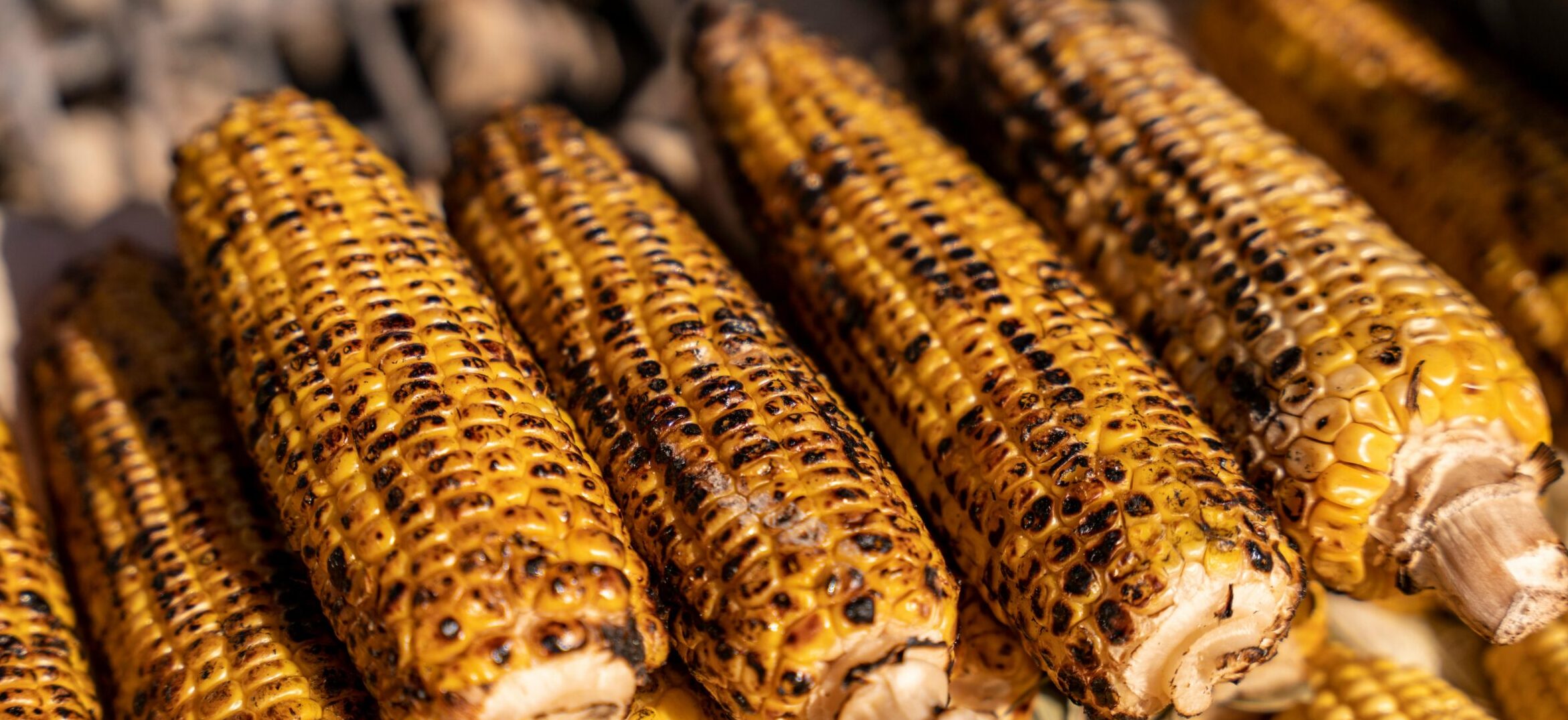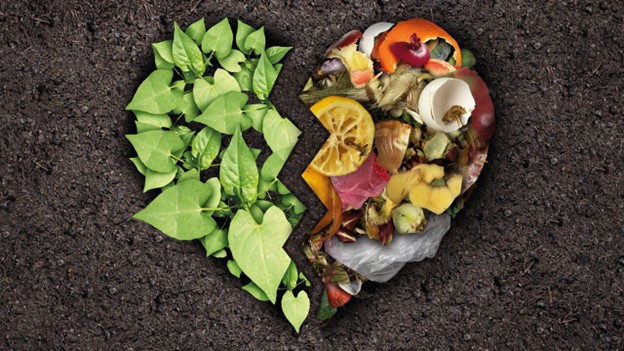Now is the perfect moment to start your garden, and here’s why: it’s a wonderful way to reconnect with nature and introduce your kids to the marvels of growing their food, making learning fun and hands-on. You’ll also enjoy the unbeatable taste of fresh, healthy produce from your backyard. Gardening is also a fantastic stress reliever, offering a peaceful break from our busy lives, while gently keeping us active. Plus, it’s a great step towards living more sustainably and building community through sharing your garden’s bounty. So, why wait? Let’s dig in and sow the seeds of joy and wellness today as we walk through the steps of creating a vibrant vegetable garden from the ground up.
1. Planning Your Garden Space
Hey there, gardeners! Are you ready to transform a little corner of your world into a lush, vibrant garden? Let’s start with the very first step: planning our garden space. Now, I know what you’re thinking, “But I don’t have a lot of space!” No worries at all! Whether you have a sprawling backyard or just a cozy balcony, there’s always room for greenery.
First things first, let’s talk about sunlight. Most veggies are sun-lovers, craving about 6 to 8 hours of sunshine a day. Take a little stroll around your potential garden spot in the morning, noon, and afternoon to see how the sun dances around. It’s like finding the perfect sunny spot for a family picnic.
Now, if you’re working with limited space, let’s get creative! Containers and raised beds are our best friends. They’re like mini gardens that can fit almost anywhere—on patios, along driveways, or even on balconies. My kids love painting pots, which adds a splash of color and a personal touch to our garden.
Remember, planning your garden is about envisioning the possibilities. It’s a bit like organizing a family trip; you want to make sure it’s enjoyable for everyone. So, involve your kids in the planning process! Let them pick a veggie they’re excited to grow. It turns the garden into a family project, with everyone having a stake in its success.
Creating a garden space is all about making the most of what you have and turning it into something magical. It’s not just about growing food; it’s about growing memories. So, let’s grab our garden planners and sketch out our dream gardens together. The adventure is just beginning!
2. Choosing Your Vegetables
Now that we’ve got our garden space all figured out, it’s time for one of the most exciting parts—choosing what to grow! Think of this step as crafting the menu for a summer full of garden-to-table meals that you and your family will absolutely adore.
When selecting vegetables, my first rule of thumb is to pick what we love to eat. There’s no point in growing a bounty of Brussels sprouts if your little ones are just going to turn up their noses at them, right? Start with the favorites. For my family, that means lots of cherry tomatoes, crunchy cucumbers, and sweet bell peppers. They’re not only delicious but also pretty forgiving for us newbie gardeners.
Now, consider your local climate and the growing season. It’s a bit like choosing outfits for the kids: you want to make sure they’re just right for the weather. Some veggies are cool-season champs, like lettuce and peas, thriving in the cooler parts of the year. Then there are the summer stars like tomatoes and zucchini that love the heat.
Including your kids in this process can turn it into a fun learning experience. My kids love flipping through seed catalogs, picking out the veggies and colors they want to see in our garden. It’s like letting them pick their favorite ice cream flavors, but healthier!
Remember, gardening is a journey, not a race. Starting with plants that are easier to grow builds confidence for both you and your little helpers. Plus, nothing beats the excitement in your children’s eyes when they see the fruits (and veggies) of their labor grow. So, let’s make our list, check it twice, and get ready for the planting phase. Our garden adventure is just starting to sprout!
3. Preparing the Soil
Now that we’ve picked our veggies, it’s time to talk dirt, or should I say soil! Preparing the soil is like laying down a cozy, nutrient-rich bed for our plant babies to snuggle into. And just like we make sure our kids have everything they need to grow up strong and healthy, we need to do the same for our plants.
First off, if you’re working with an open space in your yard, you’ll want to clear it of weeds and rocks. Think of it as decluttering a room before redecorating—it’s all about starting with a clean slate. Then, it’s time to enrich the soil. I like to think of compost and well-rotted manure as superfoods for the soil. Mixing these into your garden bed is like whipping up a nutrient-packed smoothie for your plants.
Don’t worry if you’re not working with a traditional garden plot. Container gardening is a fantastic option, and there are amazing potting mixes available that come pre-enriched with all the good stuff your plants need. It’s like buying a pre-packed lunch for your kids, but for your plants!
Getting your kids involved in soil preparation can be a fun and messy activity. My little ones love digging in and getting their hands dirty. It’s a great opportunity to teach them about the importance of soil health and how it supports plant life. Plus, there’s nothing like the feeling of soil under your fingernails to remind you of the joys of gardening.
Preparing your soil with care is the foundation of a successful garden. It’s a step that requires a bit of elbow grease, but it’s so worth it. As we nurture the soil, we’re setting the stage for our plants to thrive. So, let’s roll up our sleeves, get down to earth, and prepare a cozy bed for our soon-to-be-planted vegetable friends. Our garden adventure is taking root, and the best is yet to come!
4. Planting
Grab your gardening gloves, moms, because it’s finally time to plant! This stage is where our plans start to come to life, and it’s as exciting as watching our kids take their first steps. Planting is about more than just putting seeds in the ground; it’s about planting hopes for the season ahead.
When it comes to planting, we have two main options: starting seeds indoors or sowing them directly into the garden. Starting seeds indoors is like giving your plants a head start in life, much like teaching your kids to read before they start school. It’s especially helpful for those veggies that need a little more warmth and care in their early days, like tomatoes and peppers. Plus, it can be a fantastic indoor activity for those rainy days when you and the kiddos are looking for something fun to do.
Direct sowing, on the other hand, is perfect for veggies that are a bit more independent, like carrots and beans. These are the plants that thrive when they’re planted directly into their forever home, right from the start. It’s a wonderful way to spend a sunny afternoon outside with the family, each of you with a row to sow, making memories along with your future meals.
One of my favorite parts of planting is involving the kids in the process. They get to see the seeds—these tiny, seemingly insignificant things—and learn that with care and patience, they’ll grow into the veggies we’ll eventually eat. It teaches them responsibility and gives them a tangible connection to the food on their plates.
As we plant our seeds or seedlings, we’re not just growing a garden; we’re growing a future of fresh, homegrown meals and the satisfaction of knowing we nurtured them from the very start. So, let’s get planting, and watch as our garden—and our excitement—grows!
5. Watering and Maintenance
After planting comes the nurturing phase, and let’s be honest, watering and maintaining our garden can be as routine yet as crucial as making sure our kids do their homework. It might not always be the most exciting part of gardening, but it’s absolutely vital to the health and growth of our plants.
Watering is the heart of garden care. It’s like making sure our kids drink enough water on a hot day. The trick is to water deeply but not too often, encouraging the roots to grow strong and deep. Early morning is the best time to water, as it gives the plants a good drink before the heat of the day and helps prevent the water from evaporating too quickly. It’s a peaceful way to start the day, too, a quiet moment for you amidst the morning birdsong.
Maintenance is about keeping an eye out, much like we do with our kids. We need to watch for signs of pests or diseases, which can sneak up just like a cold or flu. Catching these early can make a big difference in the health of your garden. It’s also about weeding, which, I’ll admit, can feel never-ending. But, just like tidying up the house, it’s about creating a clean and healthy environment for growth.
Getting the kids involved in watering and maintenance can turn these chores into fun activities. My kids have their own watering cans, and we make a game out of weeding, seeing who can fill their bucket the fastest. It teaches them responsibility and the importance of regular care, lessons that extend well beyond the garden.
Maintaining a garden requires a bit of effort, but it’s so rewarding. Watching your plants thrive because of your care is a beautiful reminder of the power of nurturing. So, let’s embrace this part of the journey, watering can in hand, ready to help our garden flourish.
Watering and maintenance set the stage for the exciting moments ahead: the first signs of growth, the blossoming of flowers, and eventually, the harvesting of our efforts.
6. Harvesting
This will be the moment we’ve all been waiting for —harvest time! At this stage, our hard work pays off, and you will get to enjoy the fruits (and vegetables) of our labor. It’s like watching your child perform at a recital after months of practice; the pride and joy you feel are immeasurable. Unfortunately, we have to wait. This is why picking a few fast-growing crops can be so important!
Harvesting is not just about picking vegetables; it’s about recognizing the right moment to do so. Each vegetable has its own signs of readiness. For tomatoes, it’s when they’re richly colored and slightly soft to the touch. For carrots, it’s when their tops start to poke out of the soil, showing off their size. It’s a bit like knowing when your kids are ready for more independence, picking up on those subtle cues that they’re ready for the next step.
Involving the kids in the harvest can turn it into a treasure hunt. My little ones love searching through the green leaves for hidden veggies, their excitement growing with each find. It’s a rewarding experience that connects them directly to their food, teaching them the value of fresh, homegrown produce.
Harvesting also teaches us the importance of timing and patience. Some vegetables, like zucchini and lettuce, can be harvested over a period of time, offering continuous bounty. Others, like radishes, have a shorter window of perfect ripeness. It’s a wonderful lesson in making the most of the moment and enjoying the fruits of our labor while they’re at their best.
As we gather our veggies, we’re not just harvesting food; we’re harvesting memories. The joy of cooking and sharing meals that we’ve grown ourselves is unmatched. So, let’s roll up our sleeves, get out there, and start harvesting. Our garden is ready to give back, and it’s time to enjoy every bite!
7. Reflecting and Learning
As our gardening season begins to wind down, it’s the perfect time to reflect on the journey we’ve embarked on together. Much like sitting down after a busy day to share stories with our kids, this step is about looking back, appreciating the moments, and learning from the experiences.
Reflection is a powerful tool, not just in gardening but in life. It allows us to ask ourselves, “What worked well?” and “What could we do differently next time?” Perhaps the tomatoes thrived, but the lettuce didn’t fare as well in the summer heat. It’s like reviewing a day out with the family, noting the picnic spots that were a hit and those that were a miss, and planning better for next time.
This is also a time to celebrate our successes, no matter how small. Every ripe tomato, every crunchy cucumber, and even every lesson learned from a plant that didn’t make it is a victory. It’s important to share these celebrations with our kids, showing them the value of perseverance, care, and hard work. Gardening teaches us that not every effort will be a success, but there is something to be learned from every attempt.
Looking ahead, we can start dreaming about next year’s garden. Maybe we’ll try new vegetables or perhaps a different planting strategy. It’s an ongoing cycle of learning and growing, not just for our plants but for us as gardeners and as individuals.
Reflecting and learning from our gardening season enriches our experience and prepares us for future endeavors. It reminds us that gardening, much like parenting, is a journey of continuous growth and learning. So, let’s take these lessons to heart, cherish the memories we’ve made, and look forward to the next season with optimism and excitement.
And with that, we’ve nurtured not just a garden but our souls, growing alongside our plants in knowledge, patience, and joy. If your heart’s now set on another cycle of planning, planting, and harvesting, remember, I’m here to walk you through each step, ready to help your garden—and your spirit—bloom anew. Happy gardening, my friends!
As we close this chapter of our gardening guide, remember, gardeners, that every seed planted is a story begun, every sprout a milestone, and every harvest a celebration. This journey we’ve embarked on is more than just about growing vegetables; it’s about nurturing life, fostering connections with nature, and creating lasting memories with our families. So, whether you’re a seasoned green thumb or just starting out, know that each moment in the garden is precious. Let’s continue to sow the seeds of joy, patience, and resilience, watching in wonder as both our gardens and our little ones flourish. Here’s to many more seasons of joyful gardening!










